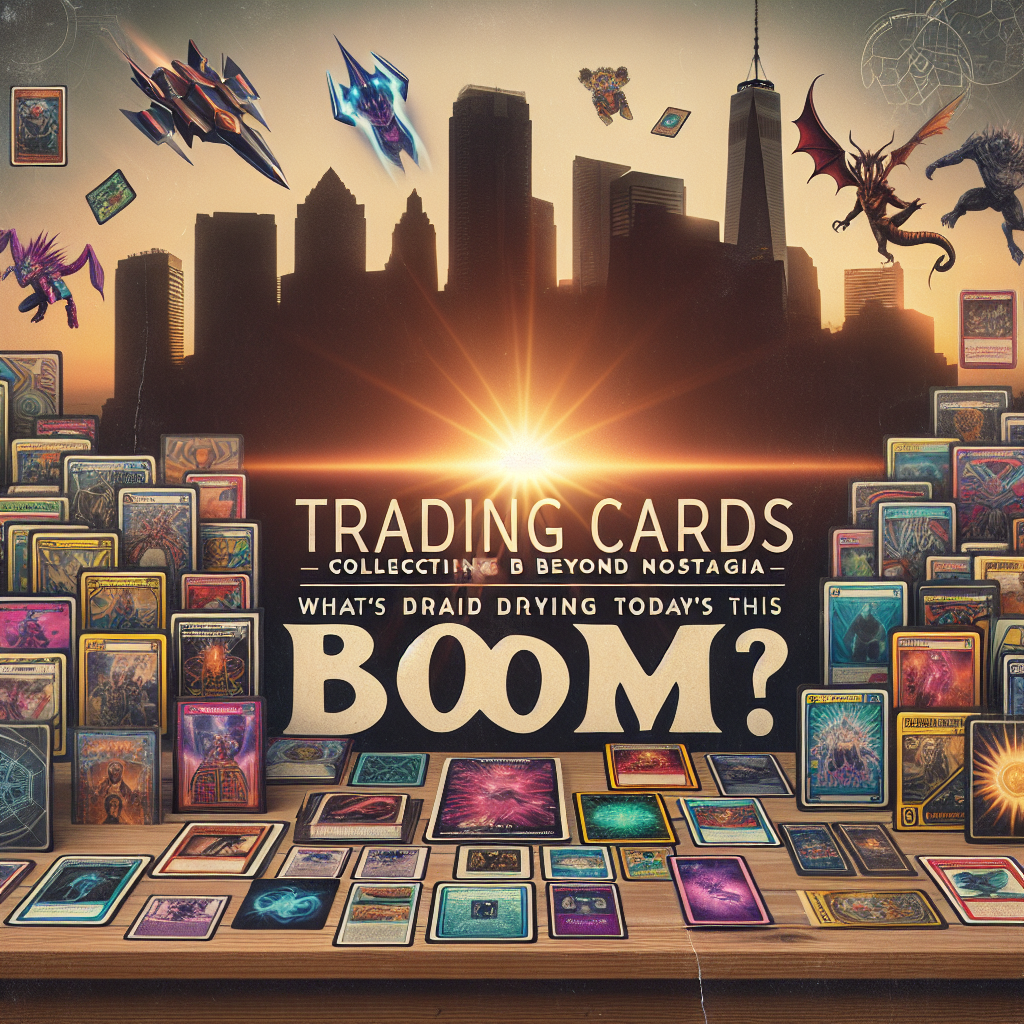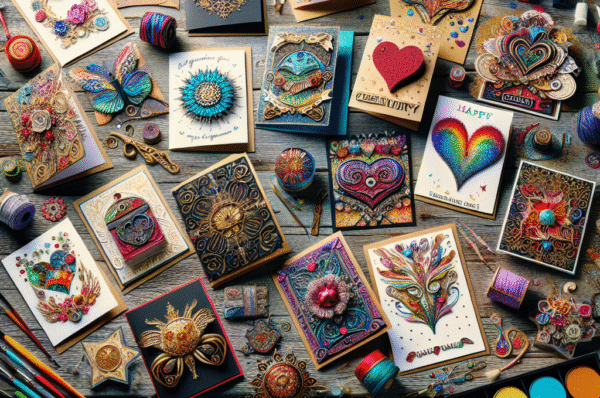In recent years, the world of trading cards has experienced an unexpected resurgence, drawing attention from both nostalgic collectors and a new generation of enthusiasts. Once viewed as mere childhood relics, trading cards are now a booming industry, with some cards selling for staggering amounts. But what’s behind this explosion in popularity? Let’s explore the factors driving today’s trading card renaissance.
1. The Rise of Digital Collectibles
The technological advancement of blockchain and cryptocurrency has ushered in a new era of collectibles. Concepts like Non-Fungible Tokens (NFTs) have blurred the lines between digital and physical collections. Digital trading cards, powered by blockchain technology, allow collectors to own unique assets, and their allure has spilled over into traditional card collecting. The blend of traditional trading cards with digital formats attracts a younger audience who are more adept with technology.
2. Community and Social Interaction
Trading cards have always fostered a sense of community, but the advent of social media has amplified this aspect exponentially. Platforms like Instagram, TikTok, and YouTube have enabled collectors to share their collections, stories, and trading experiences. Content creators who specialize in unboxing, grading, and discussing rare finds are creating vibrant communities around trading cards. This social aspect not only increases interest but also provides a sense of belonging for collectors.
3. Investment Potential
While nostalgia certainly plays a role, more collectors are viewing trading cards as viable investment opportunities. With values of certain cards skyrocketing, investors are beginning to look at these collectibles through the lens of financial assets. For instance, cards from iconic sets like Pokémon, Magic: The Gathering, and baseball have seen substantial appreciation in value over the years. Auction houses and trading platforms now facilitate investments in trading cards, attracting a new demographic who see these collectibles as alternative assets.
4. The Influence of Pop Culture
The resurgence of interest in franchises like Pokémon and the ever-expanding Marvel Cinematic Universe has rekindled enthusiasm for trading cards associated with these brands. When popular movies, shows, or video games prominently feature collectible card games or trading card tie-ins, it piques the interest of potential collectors. Moreover, events such as the Pokémon 25th Anniversary celebrations have brought the trading card phenomenon into mainstream media, further driving demand.
5. The Thrill of the Hunt
The excitement of unearthing a rare card plays a significant role in the appeal of collecting. The thrill associated with pack opening, trade fairs, and card shows creates an exhilarating experience akin to treasure hunting. Many collectors relish the challenge of completing their collections, searching for elusive cards, and trading with others. This competitive aspect not only fuels engagement but also deepens the emotional connection to the cards themselves.
6. Accessibility and Marketplace Opportunities
The internet has revolutionized how collectors can buy, sell, and trade trading cards. Online marketplaces and auction sites provide greater access to cards from various eras and conditions than ever before. Virtual trading allows collectors to connect globally, increasing the card pool and driving prices up for sought-after items. Platforms like eBay, StockX, and even social media groups have made it easier for collectors to engage in the trading card market.
7. Mental Health Benefits
In a world increasingly focused on technology and fast-paced living, collecting trading cards can provide a soothing, nostalgic escape. For many, it’s a mindful activity—an opportunity to revisit fond memories associated with the cards while engaging in a satisfying hobby. The tactile experience of holding a card, along with the thrill of trading, can be therapeutic in a way that’s particularly appealing in today’s fast-paced environment.
Conclusion
The trading card boom of today derives from a complex interplay of cultural, technological, and psychological factors. While nostalgia is undoubtedly a driving force behind many collectors, it isn’t the sole reason for the current explosion in interest. As communities grow, investment potential broadens, and accessibility increases, the appeal of trading cards—whether for fun, financial profit, or social connection—becomes clear. The industry is not just about cards; it’s a celebration of shared interests, cultural phenomena, and personal connection, embodying a multifaceted renaissance that seems poised to endure.




